|
My social feeds this week are full of commentary about what it’s like to live through a year of pandemic and leadership lessons from our experiences. Quite frankly, it’s rare that we as a society learn leadership lessons after a disaster. After participating in disaster response and management for decades, I’ve come to the conclusion that these experiences shape us as individuals, but rarely have a collective impact to avoid the next disaster. This week I’m thinking of a different traumatic event that occurred 10 years ago in Japan on March 11th, the triple disaster of a 9.1 magnitude earthquake, a devastating tsunami, and a nuclear meltdown. My three children and I lived in Tokyo during that time, and we’ve been talking about what has stayed in our memories after 10 years. So instead of trying to glean lessons from trauma, I’m going to share a few memories. From a family perspective, here are some of our strongest memories:
Here are a few vivid memories of my work as a crisis manager for GE Japan:
0 Comments
Leave a Reply. |
Marty WaltersEnvironmental Scientist Archives
March 2021
Categories
All
|
Proudly powered by Weebly
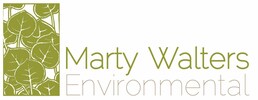
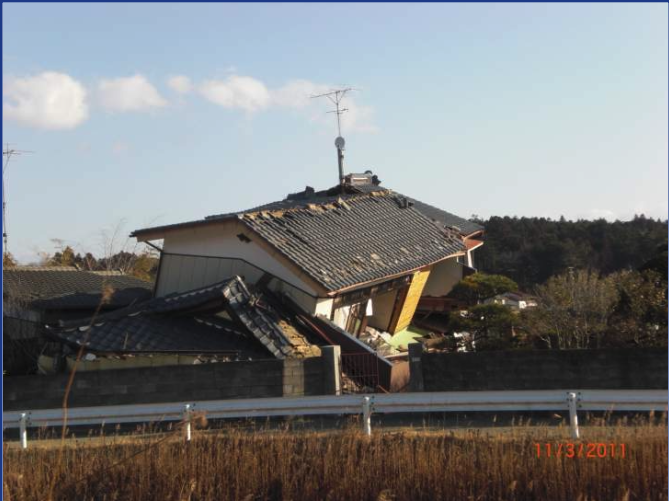
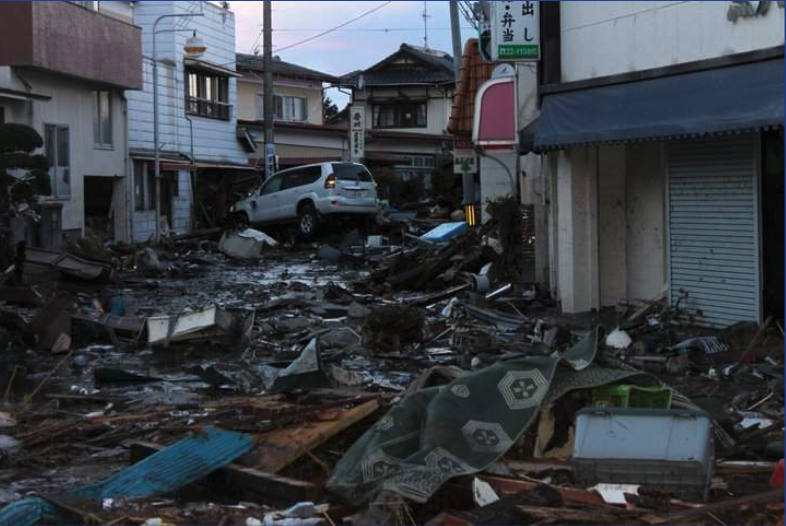
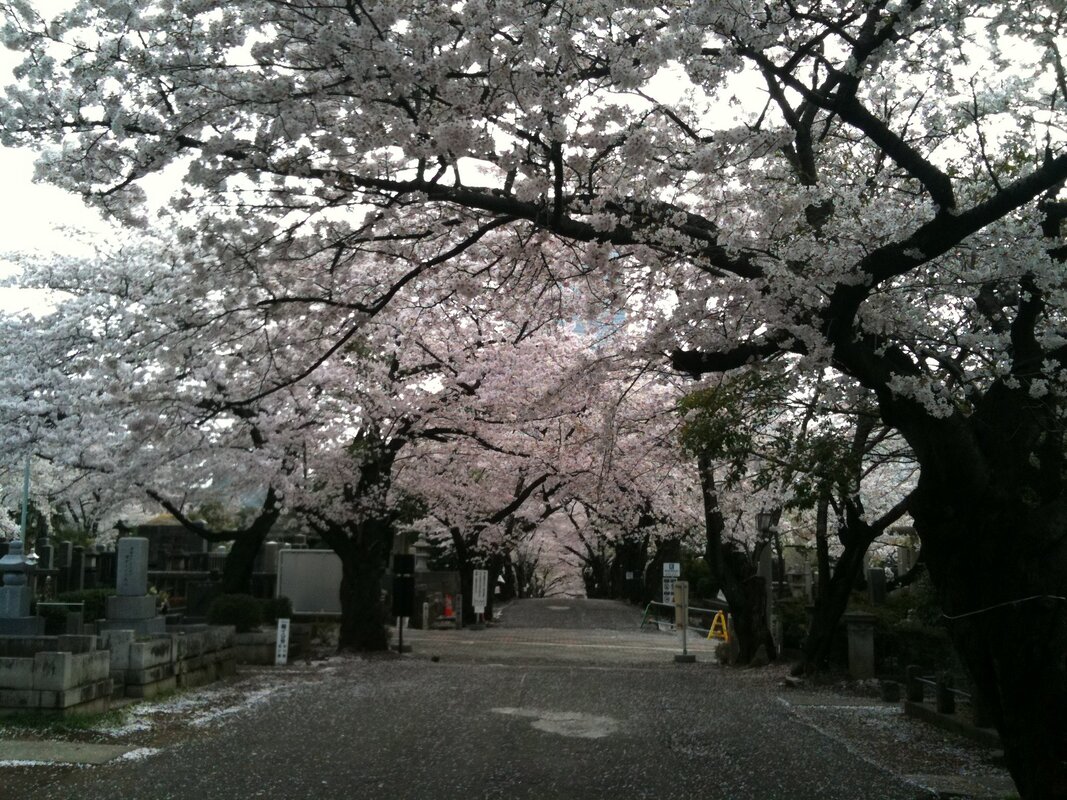
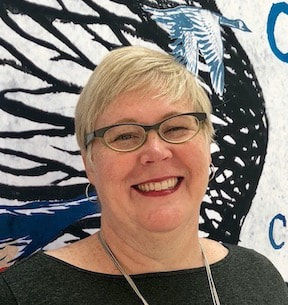
 RSS Feed
RSS Feed